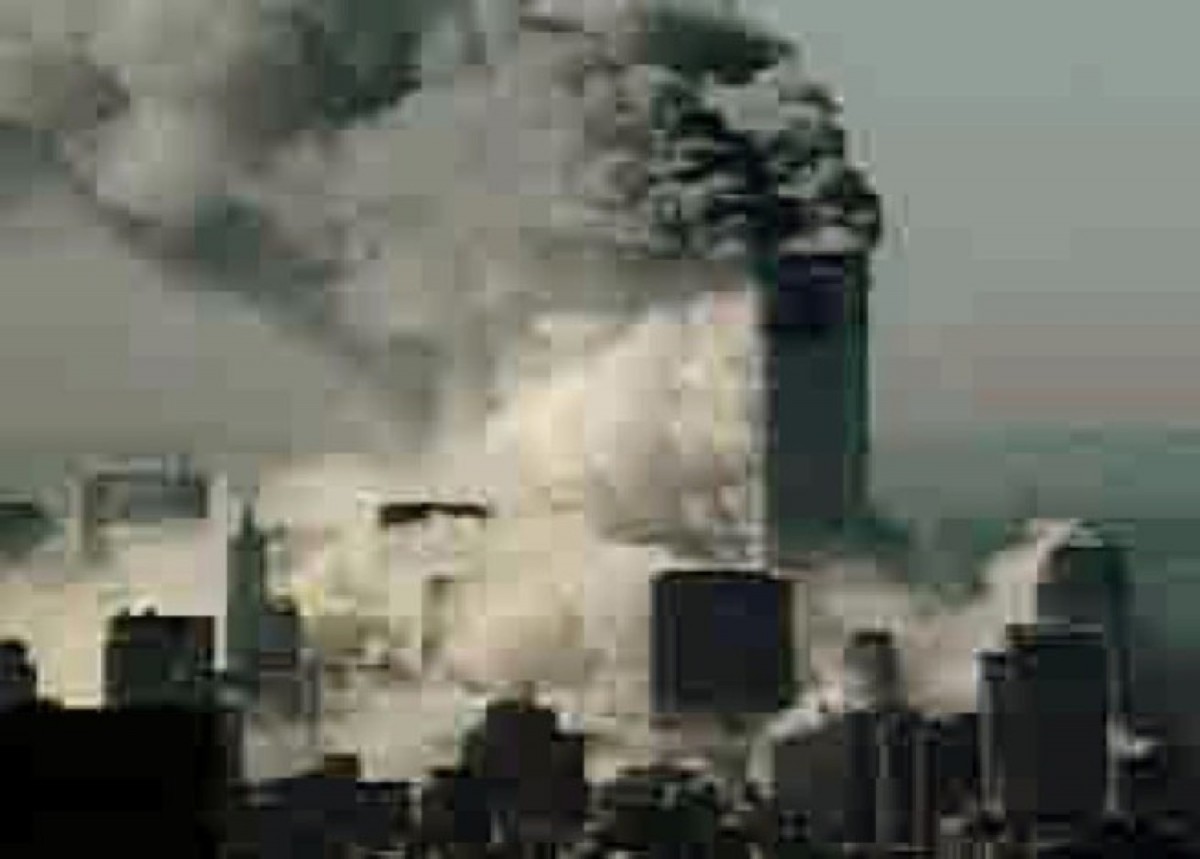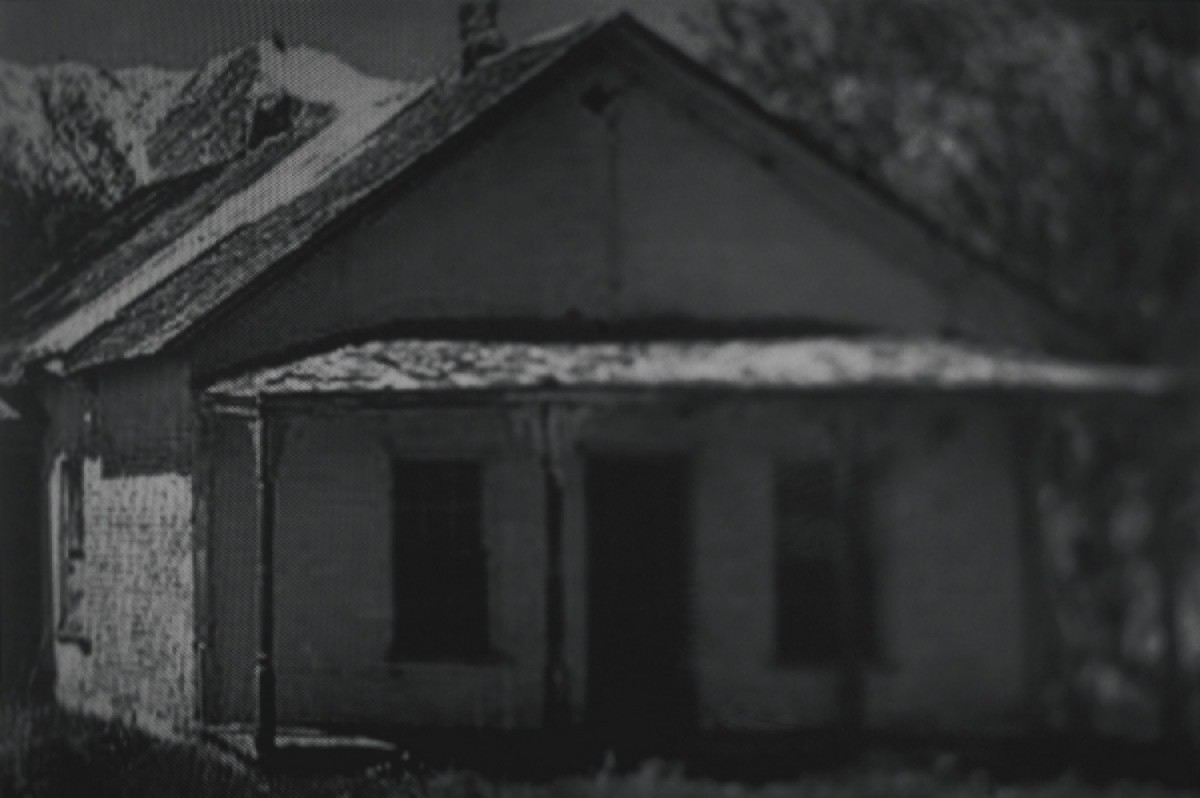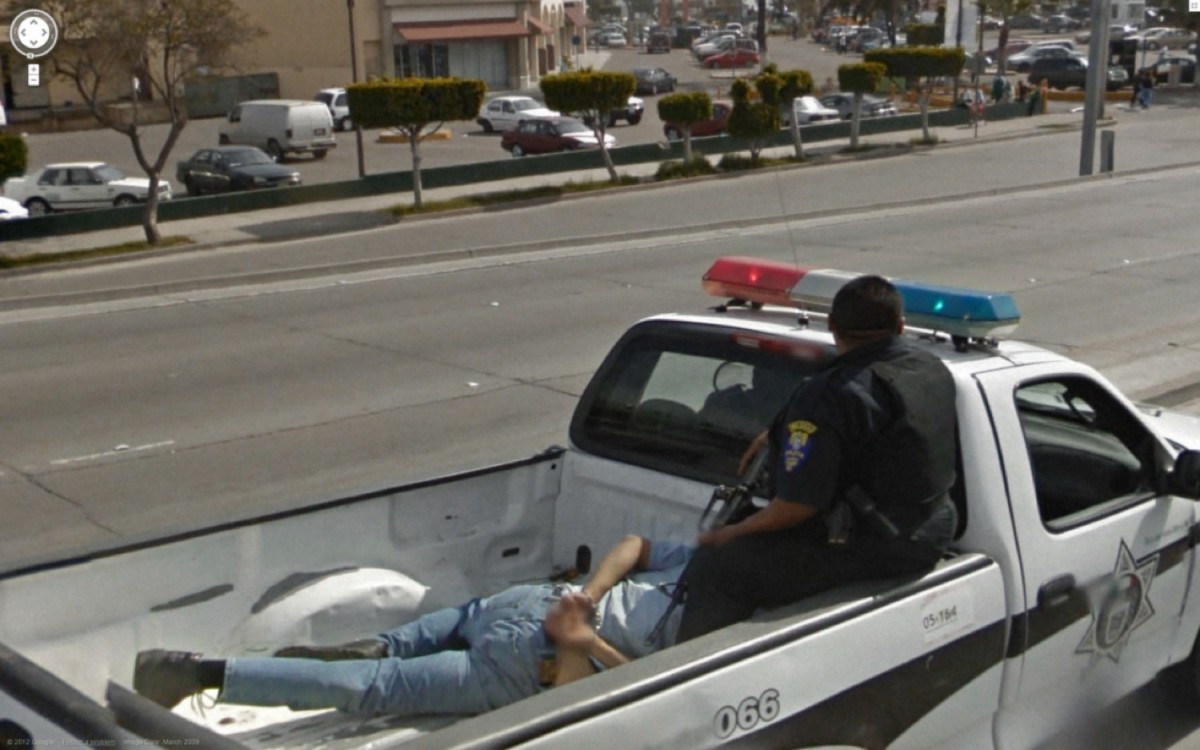Jorre Both celebrates the Internet as a never ending source of imagery today.
The combination of photography and the Internet is a difficult one. Authenticity, craftsmanship and our privacy are threatened by the unlimited, online reproduction of both amateur and professional images. However, there are valuable points to this unlimited availability that we shouldn’t forget.
For example, photography enthusiasts don’t have to venture outdoors anymore to find great images. The physical experience of an actual print can’t be substituted but there’s more to be found online than in all the museums you can visit in a lifetime. And then there’s the advantage for artists, who can use the Internet both as a resource and as a cultural phenomenon to react against. Let’s take a look at some photographers who use the Internet as a direct source for their work and are not afraid to show that they do.
Thomas Ruff may have been the first artist to examine the specifics of digital imaging in his art. For his JPEGS series, Ruff exaggerated the imperfections that early digital images included. He culled photos from the Web and enlarged them, blowing up the pixels and rendering the subjects almost unrecognizable. He makes sure we don’t forget that digital photographs are just representations, and that they don’t even come close to the real thing.
The Internet is a completely logical resource for Ruff, who has been quietly revolutionizing photography since the ’80s. Another photographer pushing the boundaries of the medium, albeit in different ways, is Dirk Braeckman. After having documented the generic nature of hotel rooms for many years, he found a way of exploring anonymous online spaces and making them yet more anonymous. He took a picture of his computer screen as early as 2001. Treating, like always, his photography almost as painting, Braeckman exaggerated the specifics of the digital image, in his own way, in the darkroom. Because he was close to the screen when taking a photo of a photo, the generic mountain lodge is simultaneously up close and far away. The image provides no support for your gaze because a large part is completely out of focus. Elsewhere, the texture of the screen itself is visible. Never are we under the illusion that what we’re looking at is real.
For his Google Street View images, artist Jon Rafman not only doesn’t have to leave his room, he doesn’t even pick up a camera. ‘9 Eyes’ consists of screen grabs of places that somehow caught his eye while browsing the Internet: bizarre scenes and simply beautiful sceneries. Rafman doesn’t hide his source: thanks to the Google watermark and the deformations and digital glitches we all know too well, we’re certain he hasn’t photographed these places himself. It would have been easy to use Google Street View’s glitches to his advantage or even as his subject, instead he focuses on the beauty of digital images, only slightly hindered by imperfections.
Either these are just the weirdest things he could find or Rafman is fascinated by crime. Everywhere he travels, in a digital sense, he finds gangsters with guns, prostitutes, car wrecks, molestation, people stealing things, people in trunks, etc. These are all images that could have actually been captured all across the world, but never by one and the same photographer. Behold the power and magic of the Internet, and of Street View in particular, bringing the whole world to your living room.
You may find Rafman’s idea a little too easy. A very contemporary problem with photography is that everybody can do it. This is very true for Rafman, who doesn’t even have to handle a complicated professional camera. Also, he doesn’t distinguish himself by displaying any clear criticism. Sure, Street View is an invasion of privacy, but at least all faces are blurred. He simply celebrates the possibilities of the Internet. Braeckman seems to be even less concerned with the privacy of others, judging by his uncensored reproductions of photos of Russian mail order brides. They put their faces online, so why shouldn’t he use them?
These are not the first artists to use, and only slightly alter, images, online or otherwise. Unashamed use of the Internet is a more than logical step in our post-Postmodern world. By appropriating other people’s works, artists like Andy Warhol and Sherrie Levine showed us that no subject or object is holy and craftsmanship and originality are overrated. I’m sure Ruff, Braeckman and Rafman can all agree with that.
Ruff’s distorted landschapes show us that digital photography is not yet on the same level as classic analog photography because of one main difference: quality. Of course, since the time of his project in 2007, the capabilities of digital photography have vastly improved and will continue to do so in the years to come. We can already see the difference between Ruff’s pixels and Rafman’s great-looking screen grabs from a few years later. Because of its ever-expanding possibilities, more and more professional photographers have taken the leap into digital photography, leaving behind only a handful of old-fashioned classicists. For artists, the Internet holds a never-ending supply of images and ideas ripe for repurposing.



